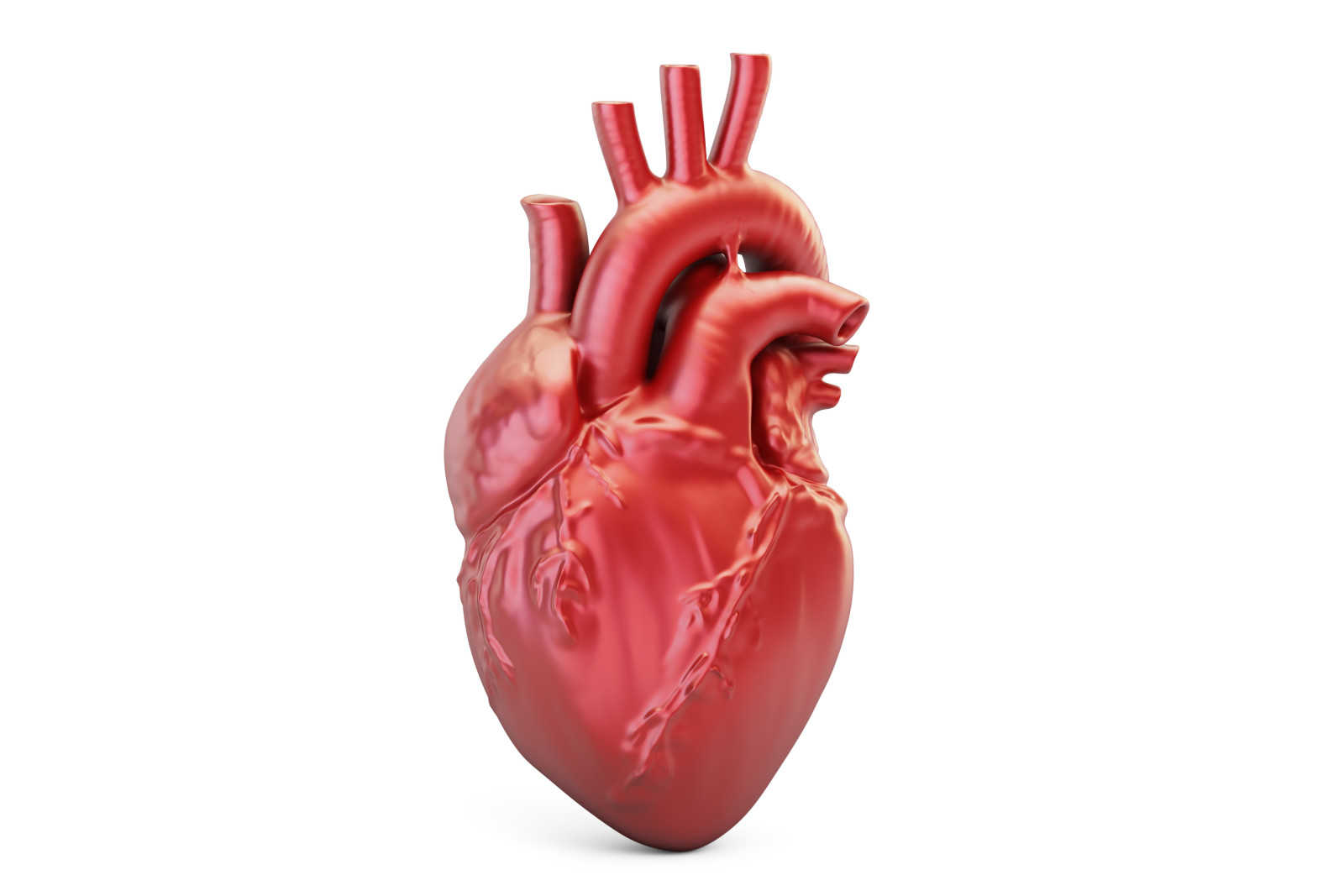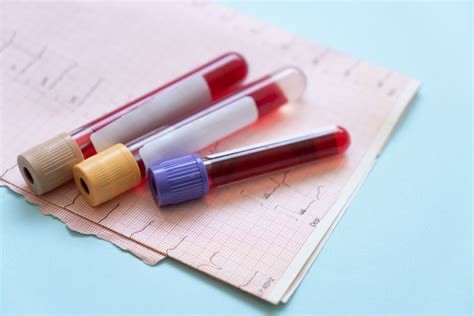
Breaking Down Which Arm is Best for Blood Pressure Checks
When it comes to monitoring your blood pressure, something as simple as which arm you use for a reading can make a significant difference. Indeed, choosing the right arm for blood pressure checks can have a considerable effect on the accuracy of your reading. But how do you determine which arm is best for blood pressure checks? In this blog post, we will explore this question and provide you with an in-depth explanation of the various factors to consider. You can monitor your blood pressure at home with a blood pressure monitor for home use.
The American Heart Association (AHA) recommends using your left arm for blood pressure checks. However, this is not a hard and fast rule. There are a few factors to consider before deciding which arm to use. For example, if you have an injury or condition that prevents you from using your left arm, you may use your right arm instead. Moreover, you can test both arms to compare readings. If you notice a significant difference between readings, bring this to your physician's attention.
The next factor to consider is accessibility. Using your non-dominant arm can provide more accurate readings due to less muscle activity during measurement. However, if you are left-handed, your left arm may already be more relaxed than your right arm, making it a good choice for blood pressure checks. Alternatively, if you are right-handed, your right arm may already have less muscle activity, making it a good choice.
Accuracy is another critical consideration when checking your blood pressure. If you have a peripheral artery disease or any injury or disease that affects the circulatory system on one side of your body, using that arm may result in an inaccurate reading. Thus, if you have any such preexisting conditions, it's essential to consult your physician before measuring your blood pressure.
Other factors that may affect the accuracy of readings include cuff size and position, environmental factors, and the equipment used. Ensure that the cuff size matches your upper arm size and that it is appropriately positioned. Additionally, be sure to check that the equipment is calibrated and maintained before use. Excessive cold or heat can also affect blood pressure readings.
In conclusion, determining which arm to use for blood pressure checks is not a one-size-fits-all question. Your choice may depend on several factors, including accessibility, accuracy, pre-existing conditions, and equipment quality, among others. Always remember to consult your physician if you have any concerns or questions. Keeping track of your blood pressure is crucial for maintaining a healthy heart. By choosing the right arm for blood pressure checks, you can ensure that your readings provide an accurate understanding of your heart health.
Here’s the link to what I use to support healthy heart function.
Get my free guide “Anti _Inflammatory Guide - foods to avoid, foods to enjoy!”
Ask me about the 11 day jumpstart to lose 7-15 lbs in 11 days and reduce inflammation.
There are several types of BP monitors available for home use.
I prefer this one.
#paidlinks
Disclaimer: The information in this article is for educational purposes only and should not be considered medical advice. Please consult with a healthcare professional before making any changes to your diet or lifestyle.
















0 Comments